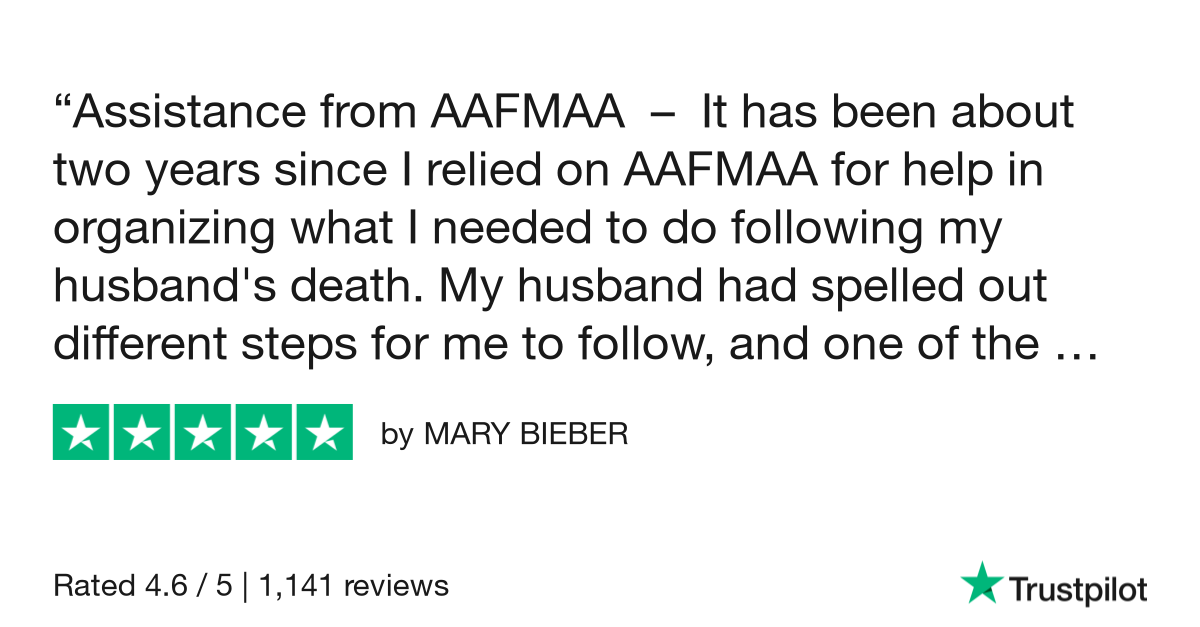Just like getting regular oil changes and replacing the batteries in your smoke detector each year, maintaining your estate plan is an often overlooked chore you should do, but instead, you tend to put off until you forget about it entirely. However, when it comes to estate planning, keeping your information up to date helps preserve your future wishes and prevent your loved ones from experiencing any unnecessary stress in the future. That makes it all the more important to find time for… now.
The good news is that once you develop your estate plan, you can simply follow these steps to keep it current:
1. Update and Review Your Estate Plan Regularly
An estate plan represents a snapshot of your life at the time you create the plan, in conjunction with applicable laws in effect at the time. Since changes in your life (or the law) can affect it, it’s important to review your plan annually or biannually to make sure it’s still appropriate. This can help prevent it from becoming outdated and minimize the chances of you forgetting important events or acquired assets that should be included.
The following major life events may require updates to your estate plan:
- Getting married or divorced
- Having children
- Moving to a different state
- Buying new property
- Retirement
- Something happening to a person named in your estate plan that could affect your relationship or the duties they are to perform on your behalf
- New legislation affecting estate taxation
As these changes occur, update your plan to ensure your wishes for your family are in order.
Pay Special Attention to Beneficiary Designations
When reviewing your estate plan, it's crucial to pay particular attention to your beneficiary designations on accounts such as life insurance policies, retirement accounts, and investment accounts. The names in these documents often take precedence over the instructions in your will. To maintain an up-to-date estate plan:
- Regularly review all accounts that have beneficiary designations
- Ensure your beneficiary designations align with your current wishes and overall estate plan
- Update your beneficiaries after major life events (marriage, divorce, birth of children, death of a beneficiary)
- Consider naming contingent beneficiaries
2. Safely Store Your Estate Planning Documents Together
Your will and/or trust, durable power of attorney (POA), beneficiary designations, letter of intent, healthcare power of attorney, and guardianship designations are all important documents for a well-managed estate plan. Keep the original documents somewhere safe, yet accessible, such as in a locked safe within your home.
In addition to your original documents, you should have a fully executed copy of your estate plan, as well as a digital copy. As an AAFMAA Member, you can store them in your AAFMAA Digital Vault, which provides you with secure access to your documents anytime, anywhere.
3. Make Sure Your Executors Know Where to Find It
Once your estate plan is up to date, be sure to let your family members, executors, trustees, and/or agents know who to contact and what their roles will be when the times comes. Use AAFMAA's free Military Survivor Checklist to help you prepare your family with recommended actions you can plan for in advance so they will have all the information they need.
As an AAFMAA Member, your family can count on our personalized Survivor Assistance Services to process claims swiftly and secure your survivor benefits, as well as retrieve any necessary documents you’ve stored in your AAFMAA Digital Vault.

Keeping your estate plan current may feel like a chore — just like those oil changes and battery replacements — but with proper organization and discipline, you can better ensure your wealth, assets and future wishes are all set for your beneficiaries.
This article was originally published October 17, 2022.